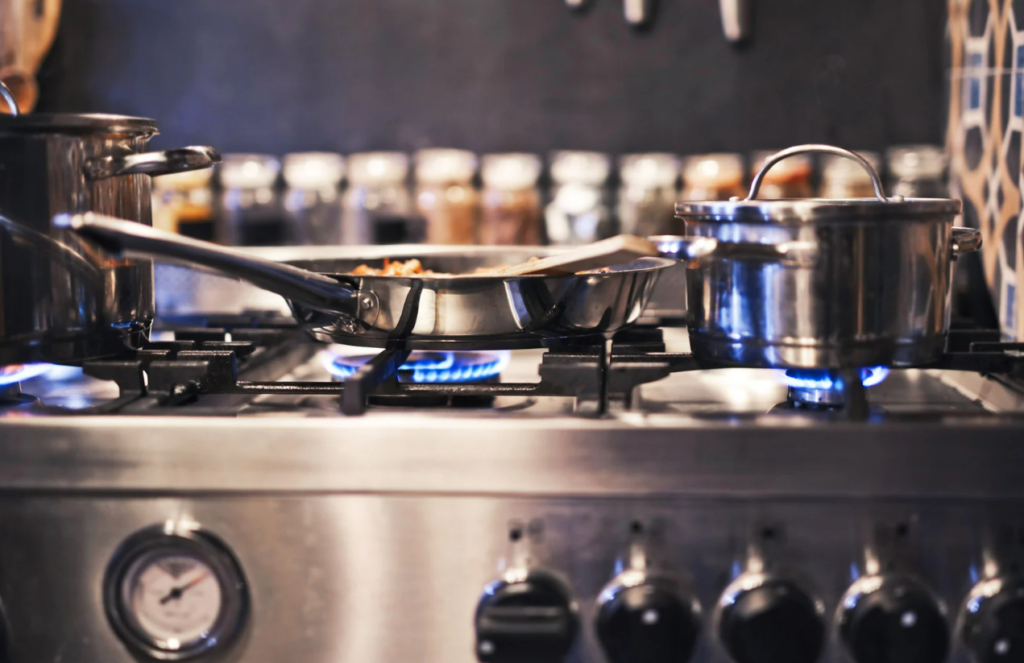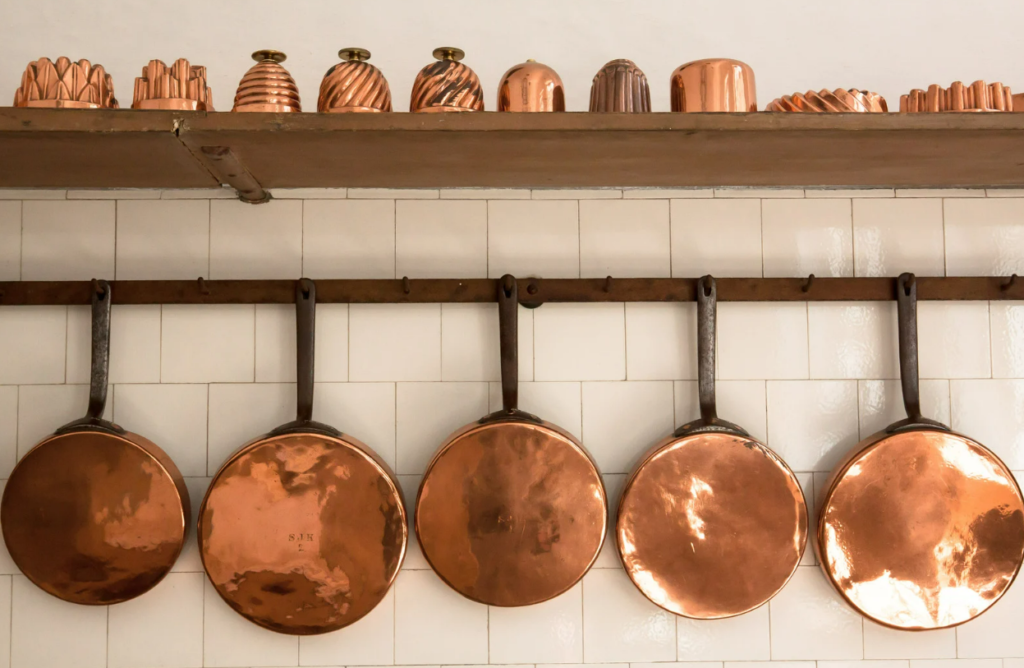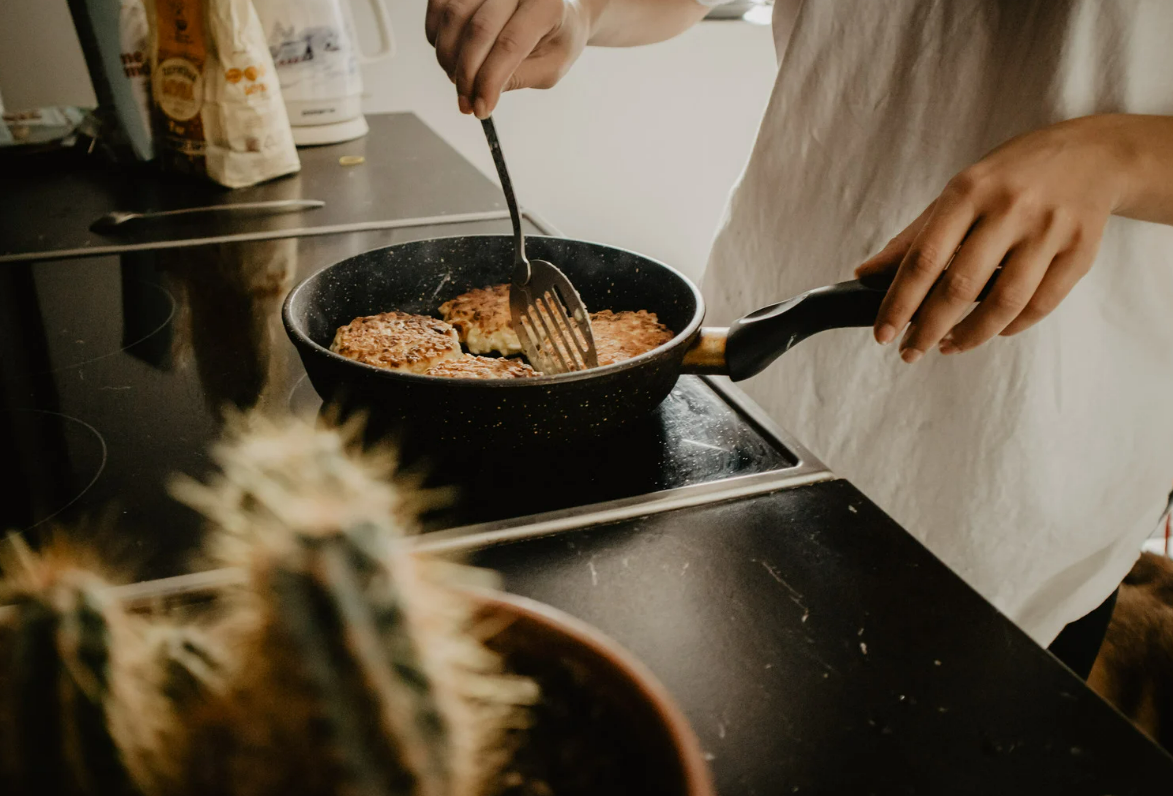When it comes to preparing meals, the cookware you use plays a crucial role not just in cooking performance but also in your overall health. Choosing the right cookware also means your food remains free from harmful chemicals and toxins that can leach into your meals. With so many options available, it’s essential to understand which materials are safest and most effective for everyday cooking.
In this post, let’s talk about the main things that you should consider before buying cookware pieces to ensure safe and healthy cooking:
Why the Right Cookware Matters for Your Health
Your choice of cookware can impact your health in several ways. Some materials can release harmful chemicals into your food, while others may react with acidic ingredients, altering the taste and nutritional content of your meals. Understanding the health and safety aspects of different cookware materials will help you make an informed decision.
1. Understanding Cookware Materials: Pros and Cons
Choosing the right pots and pans begins with understanding the materials available. Each type has its benefits and potential drawbacks when it comes to health and safety.
Let’s look at the pros and cons of each option:
Stainless Steel

Stainless steel is a popular choice due to its durability and non-reactive nature. It doesn’t leach harmful chemicals into food, making it a safe option. Look for high-quality stainless steel with a multi-ply construction for even heat distribution.
Pros:
- Non-reactive and safe for cooking all types of food
- Durable and long-lasting
- Resistant to rust and corrosion
Cons:
- Can develop hot spots if not multi-ply
- Requires regular maintenance to prevent staining
Cast Iron

Cast iron cookware has been used for centuries and is known for its excellent heat retention. It naturally adds iron to your diet, which can be beneficial for those with iron deficiency.
Pros:
- Extremely durable and long-lasting
- Naturally non-stick when seasoned properly
- Adds beneficial iron to food
Cons:
- Heavy and requires maintenance to prevent rust
- Can react with acidic foods, affecting taste
Non-Stick (Teflon & Ceramic Coatings)

Non-stick cookware offers convenience, but some varieties may contain chemicals like PFOA and PFAS, which can be harmful when overheated.
Pros:
- Easy to clean and use
- Requires little to no oil for cooking
Cons:
- Some coatings can degrade and release toxic fumes
- Not as durable as other materials
If opting for non-stick cookware, choose ceramic-coated options, which are free from toxic chemicals and safer for long-term use.
Aluminum
Aluminum cookware is lightweight and affordable, but uncoated aluminum can react with acidic foods and potentially leach into meals.
Pros:
- Affordable and good heat conductor
- Lightweight and easy to handle
Cons:
- Can leach into food if not anodized or coated
- Scratches easily, affecting longevity
Anodized aluminum is a safer alternative, as it has a protective layer that prevents leaching.
Copper

Copper cookware is valued for its superior heat conductivity, but pure copper can react with food, leading to potential health concerns.
Pros:
- Excellent heat conductor for precise cooking
- Aesthetic appeal
Cons:
- Requires a lining (such as stainless steel) to prevent copper leaching
- High maintenance and expensive
2. Essential Tips for Choosing the Right Cookware
Selecting the right cookware involves more than just material choice. Consider these essential factors to ensure your cookware is safe and suitable for your cooking needs.
Avoid Harmful Chemicals
When purchasing cookware, check for labels indicating the presence of harmful substances such as lead, cadmium, PFOA, and PFAS. Always opt for cookware that is certified as safe and non-toxic.
Consider Your Cooking Style
Different cookware materials are better suited for various cooking methods. Which one should you use for what cooking method?
- Sautéing and frying: Stainless steel or cast iron
- Baking: Ceramic or glass
- Simmering and slow cooking: Enamel-coated cast iron
Prioritize Heat Distribution
Cookware with even heat distribution helps prevent burning and ensures consistent cooking. Multi-ply stainless steel and copper-core cookware excel in this area.
Opt for Durable and Long-Lasting Pieces
Investing in high-quality cookware saves money in the long run and reduces exposure to deteriorating non-stick coatings or corroded metals.
Choose Easy-to-Maintain Options
Proper maintenance extends the life of your cookware. Stainless steel and anodized aluminum require minimal upkeep, while cast iron needs seasoning to maintain its non-stick properties.

3. Best Practices for Safe Cooking
Owning the right cookware is only part of the equation. Safe cooking habits further protect you and your family from potential health risks.
Cook at Safe Temperatures
Avoid overheating non-stick cookware, as excessive temperatures can break down coatings and release toxic fumes. Always cook at recommended temperatures.
Use the Right Utensils
To prevent damage, use wooden, silicone, or plastic utensils with non-stick cookware. For stainless steel and cast iron, metal utensils are safe.
Avoid Cooking Acidic Foods in Reactive Cookware
Foods like tomatoes and citrus-based sauces can react with aluminum or copper cookware, leading to undesirable flavors and potential metal leaching.
Clean Cookware Properly
Different materials require specific cleaning methods:
- Stainless steel: Use mild detergent and a soft sponge
- Cast iron: Avoid soap; clean with hot water and a brush, then dry immediately
- Non-stick: Avoid abrasive cleaners and metal scrubbers
4. Investing in the Right Cookware Set
If you’re looking to upgrade your cookware, consider a set that includes a mix of safe materials for different cooking needs. A good starter collection may include:
- A stainless steel frying pan for searing
- A cast iron skillet for frying and baking
- A ceramic-coated non-stick pan for easy cooking
- A stainless steel or glass saucepan for boiling and simmering
Making the Best Cookware Choice
Choosing the right cookware is an essential step toward healthier cooking and a safer kitchen. By understanding the advantages and drawbacks of various materials, you can make informed decisions that enhance your cooking experience while prioritizing health and safety.
Whether you opt for stainless steel, cast iron, or ceramic-coated cookware, always consider durability, maintenance, and potential health impacts. The right cookware can elevate your meals, making them not only delicious but also safe for you and your family.
